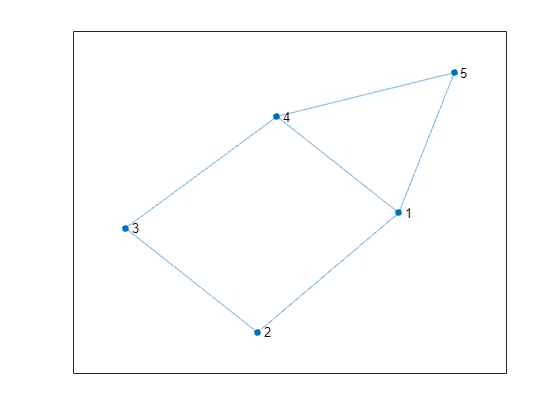maxcut2qubo
Convert max-cut problem to QUBO (Quadratic Unconstrained Binary Optimization)
Since R2024b
Installation Required: This functionality requires MATLAB Support Package for Quantum Computing.
Syntax
Description
Examples
Input Arguments
References
[1] J., Abhijith, Adetokunbo Adedoyin, John Ambrosiano, Petr Anisimov, William Casper, Gopinath Chennupati, Carleton Coffrin, et al. “Quantum Algorithm Implementations for Beginners.” ACM Transactions on Quantum Computing 3, no. 4 (December 31, 2022): 1–92. https://doi.org/10.1145/3517340.
[2] Zhou, Leo, Sheng-Tao Wang, Soonwon Choi, Hannes Pichler, and Mikhail D. Lukin. “Quantum Approximate Optimization Algorithm: Performance, Mechanism, and Implementation on Near-Term Devices.” Physical Review X 10, no. 2 (June 24, 2020): 021067. https://doi.org/10.1103/PhysRevX.10.021067.
Version History
Introduced in R2024b
